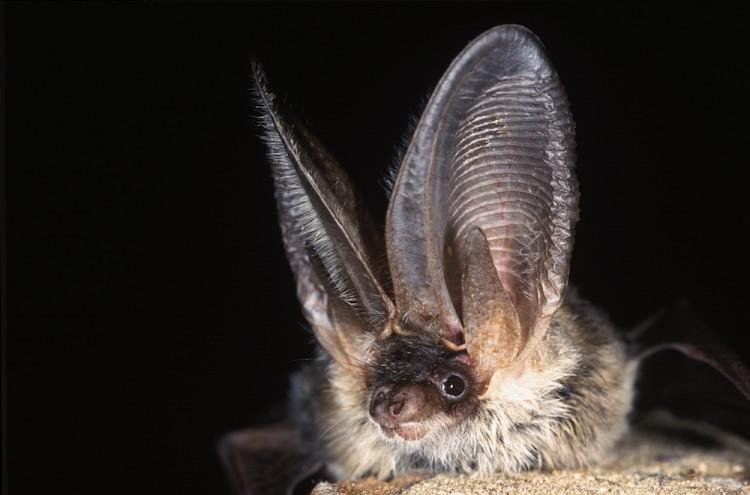Researchers have designed a free online tool called iBatsID to identify European bats via their calls and to assist bat conservation throughout the continent.
European bat populations have diminished in the last 50 years due to various factors, such as loss of roosting sites. Bats provide important ecosystem services like pollination and insect pest control.
“Bats are very sensitive to changes in their environment, so if bat populations are declining, we know that something bad is going on in their environment,” said study lead author Charlotte Walters from the Zoological Society of London in a press release.
“Monitoring bats can therefore give us a good idea of what is going on with biodiversity in general.”
Previously, the lack of a standardized identification tool was a challenge for bat conservation in Europe.
“Because many bats migrate between different European countries, we need to monitor bats at a European, as well as at country, scale,” explained study co-author Kate Jones, chair of the Bat Conservation Trust, in the release.
Click here to listen to a search phase call of a Nyctalus bat
An international team of ecologists selected 1,350 calls from 34 different European bat species using EchoBank, a global library of over 200,000 bat calls.
They analyzed the calls to determine the 12 best characteristics for distinguishing different species, and then used these to train artificial neural networks.
“Lots of different measurements can be taken from an echolocation call, such as its maximum and minimum frequency, how quickly the frequency changes during the call, and how long the call lasts, but we didn’t know which of these measurements are most useful for telling different species’ calls apart,” Walters said.
Click here to listen to a search phase call of a Rhinolophus bat
Most species can be identified correctly at least 80 percent of the time, but accuracy varies between species.
“iBatsID can identify 83 to 98 percent of calls from pipistrelle species correctly, but some species such as those in the Myotis genus are really hard to tell apart and even with iBatsID, we can still only identify 49 to 81 percent of Myotis calls correctly,” Walters said.
The research was published in the British Ecological Society’s Journal of Applied Ecology on Aug. 6.
You can access iBatsID here.






